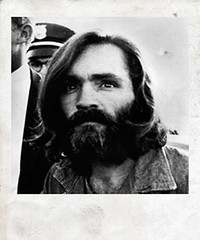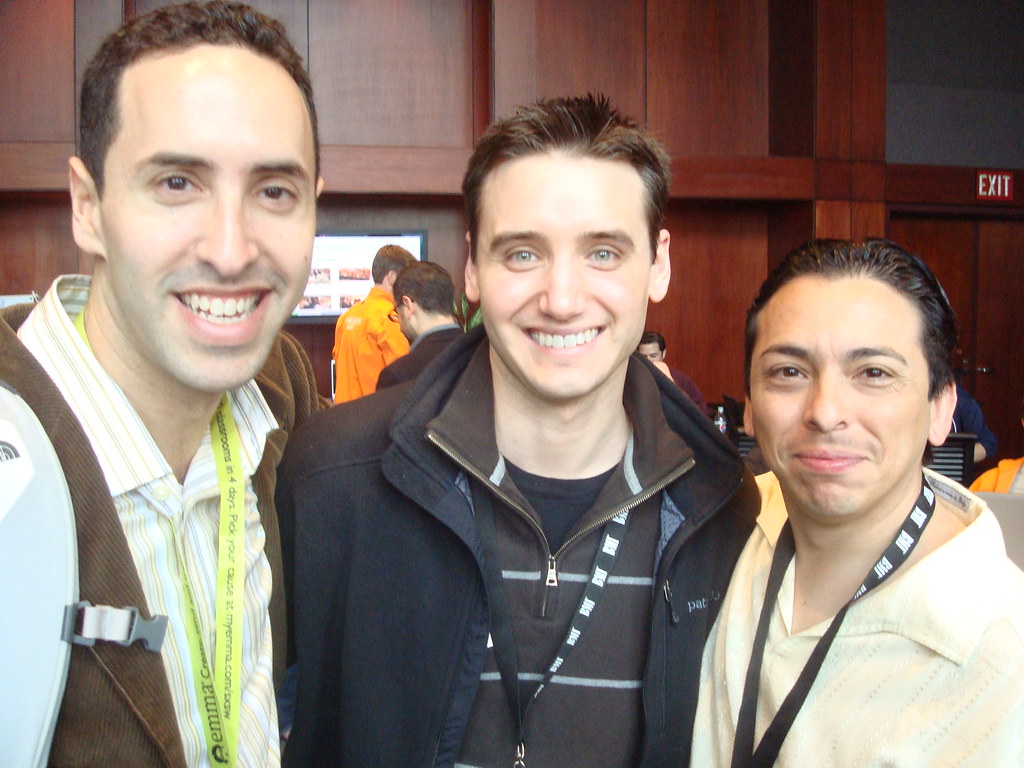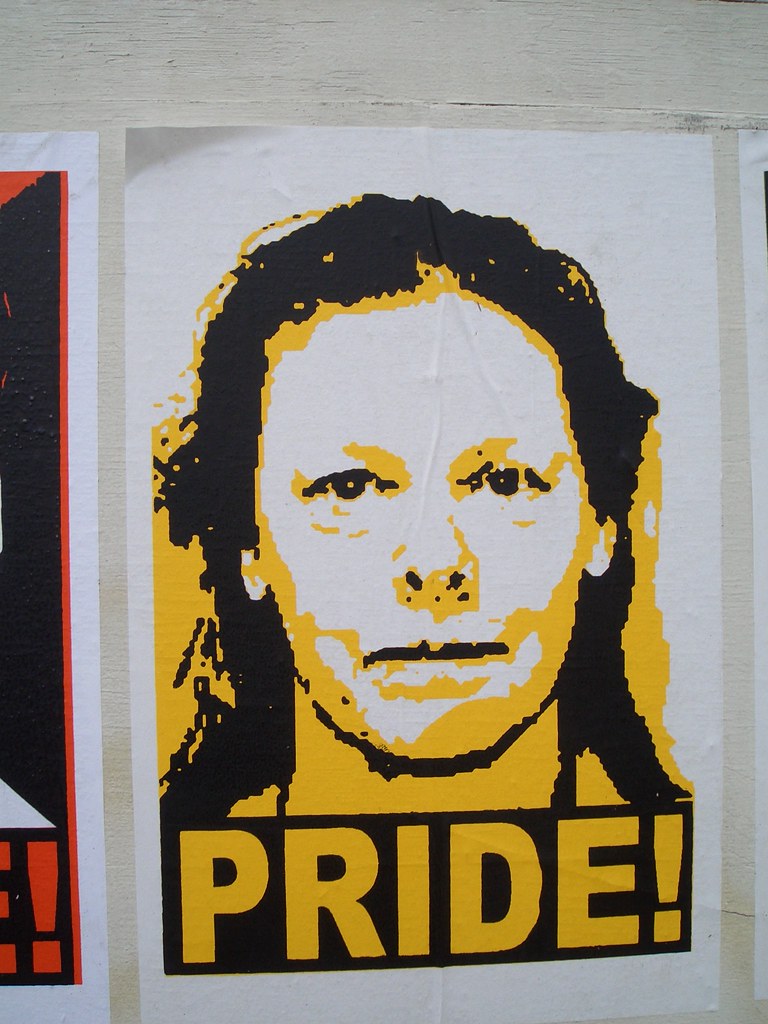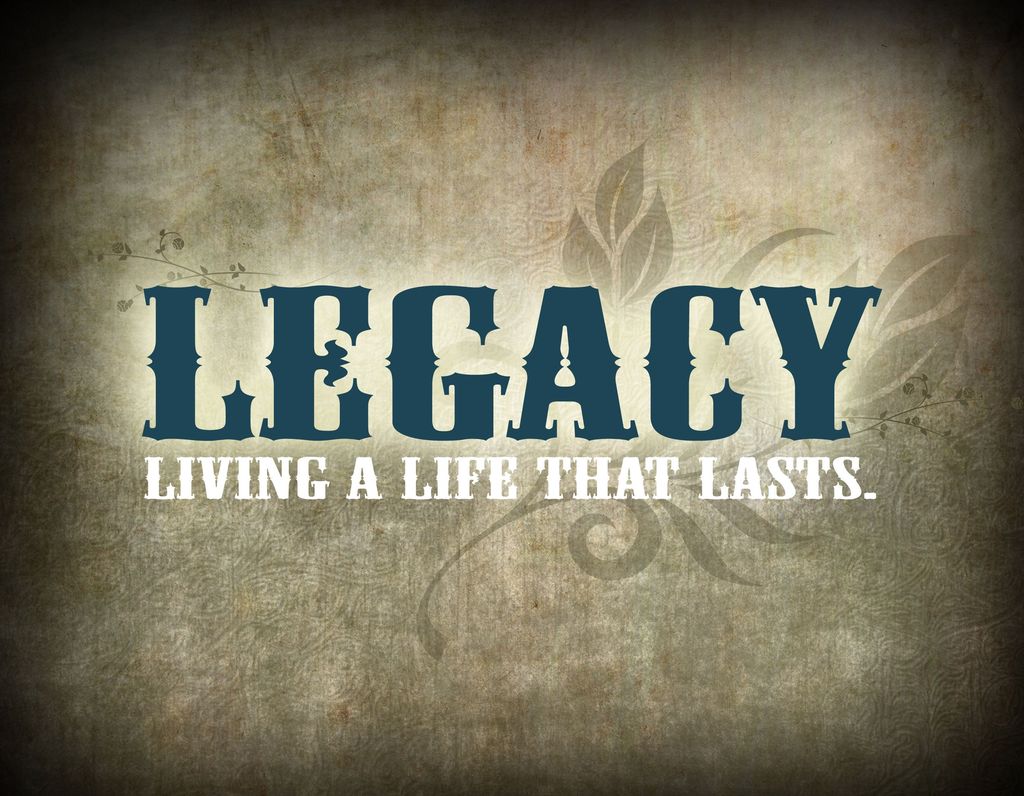
There’s an undeniable, almost magnetic pull to the macabre, a shared human fascination with the darkest corners of the psyche that compels us to look, even when we’re terrified. It’s a journey into the unsettling, a confronting of the unknown that lies just beneath the surface of everyday life. This deep-seated curiosity often leads us down pathways paved with the chilling tales of serial killers—individuals whose actions are so far removed from the norm that they continue to haunt our collective consciousness. We seek to understand the incomprehensible, to find patterns in chaos, and perhaps, to reassure ourselves that such evil is a rare anomaly.
Strictly speaking, a serial killer is defined as someone who murders at least two people in separate events that occur at different times. While “serial murder” is not formalized by any legal code, the crimes of serial killers have often been seized on by the media and the public consciousness. This is especially true in cases where there are many victims or the murders are carried out in gruesome fashion, leaving an indelible mark on history and popular culture. Our fascination isn’t just with the horror, but with the ‘how’ and ‘why’ – the psychological puzzle of what drives a person to such extremes.
Tonight, we embark on an unsettling journey, delving into the lives and legacies of some of the most notorious serial killers the world has ever known. These are the figures whose actions not only devastated countless lives but also profoundly shaped the horror genre, inspiring iconic villains and chilling narratives that continue to terrify audiences. From charismatic manipulators to elusive predators, we will explore their twisted methods, their enduring impact, and how their real-life atrocities have seeped into the very fabric of our fictional nightmares. Brace yourself, for these stories are not for the faint of heart.

1. Charles Manson: The Cult Leader Behind “Helter Skelter” and “The Strangers”
The name Charles Manson conjures immediate images of manipulative evil and cultish devotion. His orchestration of the infamous Tate-LaBianca murders in 1969 sent shockwaves through America, forever altering the perception of communal living and inspiring countless horror films centered around cults and senseless violence. Manson’s ability to bend the wills of his followers, turning them into instruments of his warped ideology, remains a terrifying study in psychological control, particularly for those grappling with the dangers of blind faith.
The profound influence of Manson’s actions on popular culture is undeniable. His chilling legacy directly inspired movies like “Helter Skelter,” which delved into the disturbing dynamics of his cult, and the masked home invaders depicted in “The Strangers.” These films, and many others, draw from the unsettling reality that true terror can emerge from within, driven by a charismatic figure who commands absolute loyalty, even to the point of murder. The fear of an organized, yet utterly irrational, group violence owes much to Manson’s terrifying blueprint.
Manson’s vision of an apocalyptic race war, dubbed “Helter Skelter,” provided the twisted ideological framework for his followers’ brutal acts. This distorted worldview, coupled with his magnetic personality, created a potent and destructive force. The concept of charismatic evil, where a seemingly ordinary individual can incite others to commit unspeakable atrocities, remains a cautionary tale in horror, a constant reminder of the fragility of societal norms when confronted by a determined and insidious leader. His crimes marked a turning point, embedding the fear of cults and inexplicable violence deeply into the American psyche.
His capture and subsequent trials captivated the nation, offering a glimpse into a world where reality seemed to warp under the influence of a deranged leader. The profound impact of the Tate-LaBianca murders wasn’t just in their brutality, but in the unsettling realization that seemingly ordinary young people could be convinced to commit such heinous acts. This societal shock provided fertile ground for storytellers, enabling them to craft narratives that explore the darkest recesses of human devotion and the catastrophic consequences when that devotion is perverted.
In essence, Manson’s legacy in horror is about the unpredictable nature of group violence and the ease with which a charismatic individual can exploit vulnerabilities to orchestrate terror. The very idea that evil can wear a human face, albeit a manipulative one, and command others to execute its will, cemented his place as an enduring muse for creators seeking to explore the depths of human depravity and the insidious nature of control. It’s a horror that speaks to the loss of individual autonomy and the terrifying power of collective delusion.

2. Richard Ramirez: The Night Stalker’s Influence on “American Horror Story”
Richard Ramirez, infamously known as the “Night Stalker,” etched a reign of terror across California in the 1980s. His chilling spree of home invasions, murders, and satanic rituals made him a boogeyman for an entire generation. What made Ramirez particularly terrifying was his utterly unpredictable methodology and his cold, chilling disregard for human life. He moved like a phantom, striking randomly, leaving communities gripped by fear and paranoia, forever changing how people viewed the sanctity of their homes.
His crimes were characterized by a savage brutality, often including sexual assault and satanic imagery, as explained by Murderpedia. This blend of random violence and ritualistic elements made him a uniquely disturbing figure. The thought that anyone could be a target, regardless of their neighborhood or security measures, fostered an intense climate of dread. It challenged the very notion of safety within one’s own home, pushing the boundaries of what society believed possible for a lone predator.
Ramirez’s fascination with the occult and his ability to instill fear simply by entering a home at random resonated deeply within popular culture. This embodiment of urban nightmares found its way into horror anthologies such as “American Horror Story: Hotel,” where a fictionalized version of Ramirez appears. The show tapped into the primal fear he inspired, portraying him as a spectral figure tied to the darkest aspects of a notorious hotel, a place where evil thrives and stalks its unsuspecting victims.
His legacy persists as a stark reminder that true terror can strike anywhere, at any time, dissolving the illusion of security. The “Night Stalker” epitomized the faceless, unfeeling monster that could slip through the cracks of society and invade the most intimate spaces. This sense of pervasive, random danger is a direct reflection of his chilling legacy, influencing countless narratives where the comfort of home is shattered by an unexpected, brutal intrusion.
The impact of Richard Ramirez extends beyond specific character portrayals. He helped define the archetype of the home invasion horror subgenre, where the sanctity of one’s private space is violated by an external, malevolent force. His random selection of victims and the utter lack of discernible motive, beyond pure sadistic impulse, made him particularly frightening. This randomness created a universal vulnerability, making his story a perpetual wellspring for creators seeking to explore the deepest anxieties surrounding personal safety and the pervasive threat of unseen evil.

3. David Berkowitz: “Son of Sam” and the Birth of the Urban Stalker
In the late 1970s, New York City was gripped by a suffocating fear, thanks to David Berkowitz, infamously known as the “Son of Sam.” His spree of shootings terrorized the city, turning bustling urban landscapes into hunting grounds. What distinguished Berkowitz was not just his violence, but his brazen taunting. He sent chilling letters to both the police and the public, amplifying the widespread panic and creating a climate of pervasive dread that fundamentally altered how New Yorkers experienced their city.
Berkowitz’s modus operandi—targeting young couples in parked cars, often late at night—transformed the city’s vibrant nightlife into a source of anxiety. His cryptic, arrogant notes, which he claimed were inspired by a demon-possessed dog, fueled media hysteria and made him a household name synonymous with terror. The idea that a killer was communicating directly with the public, seemingly enjoying the chaos he sowed, was deeply unsettling and novel for its time. It forced the city to confront a new, more personal kind of urban menace.
His reign of terror inspired a wave of urban horror films and thrillers, populating them with characters who stalk their victims through the labyrinthine streets of major cities. These narratives often explore themes of urban anonymity, where one can be simultaneously surrounded by millions and yet utterly alone and vulnerable to a predator. Berkowitz’s actions underscored the terrifying reality that beneath the veneer of urban sophistication, a primal fear of the unknown assailant lurked, ready to exploit the very vastness of city life.
Urban horror, as a genre, owes an immense debt to Berkowitz’s disturbing saga. His crimes turned ordinary neighborhoods, places once considered safe havens, into terrifying hunting grounds. The vulnerability and anonymity inherent in city life became central themes in these narratives, highlighting how easily individuals could become targets in a sprawling metropolis. The psychological impact of his crimes was profound, reshaping public perception of safety in densely populated areas and reminding everyone that danger could indeed lurk just around any corner, waiting to strike in the shadows.
The “Son of Sam” case highlighted a terrifying paradox: the immense freedom and diversity of city life could also create an environment where a killer could operate with terrifying impunity for a period. His crimes underscored how a single individual could hold an entire city hostage through fear, forcing citizens to question their routines and look suspiciously at strangers. This pervasive sense of unease, bred by an elusive killer, became a powerful narrative device, deeply influencing how filmmakers and writers approached stories of urban dread and the vulnerability of modern life.

4. Ed Gein: The Real-Life Basis for Norman Bates, Leatherface, and Buffalo Bill
Ed Gein’s gruesome crimes in the rural Midwest during the 1950s shocked the nation, not just for their brutality, but for their sheer, macabre peculiarity. Gein, a solitary figure living on a farm in Plainfield, Wisconsin, committed only two confirmed murders, but his infamy stemmed from his abhorrent practice of grave robbing. He exhumed corpses from local cemeteries, using human skin and bones to craft grotesque household items, turning his isolated farmhouse into a veritable house of horrors, a fact chillingly detailed by Screen Rant.
The discovery of Gein’s home, after authorities investigated the disappearance of a local woman, revealed a scene of unimaginable depravity. Lampshades made of human skin, bowls fashioned from skulls, and furniture adorned with human remains spoke to a mind utterly detached from conventional morality. His twisted relationship with his domineering mother and his morbid fascination with anatomy created a psychological landscape that proved irresistible to horror creators, providing a fertile, albeit disturbing, ground for iconic villains.
Gein’s chilling acts became the blueprint for some of horror cinema’s most enduring and terrifying characters. He inspired the psychologically disturbed Norman Bates in Alfred Hitchcock’s “Psycho,” with his Oedipal complex and the unsettling taxidermy. His grotesque handiwork and rural isolation were direct influences on Leatherface in “The Texas Chain Saw Massacre,” whose family of cannibals terrorized travelers. Furthermore, the skin-suit wearing Buffalo Bill in “The Silence of the Lambs” drew heavily from Gein’s practice of creating trophies from human skin, cementing his status as a foundational figure in horror lore.
The archetypes that Gein inspired—rural isolation, profound psychological trauma, and grotesque handiwork—are central to the genre. His story blurs the line between monster and man, suggesting that the most horrifying evils can arise from seemingly ordinary, isolated lives. The terror of a monster lurking in the heartland, hidden behind the facade of normalcy, became a powerful theme, reminding audiences that true horror isn’t always supernatural, but can be shockingly human and disturbingly mundane in its origins. His legacy is one of the most significant in the history of horror, providing a terrifying template for cinematic dread.
Ultimately, Gein’s legacy transcends specific character inspirations, defining a broader subgenre of horror focused on the psychological decay of isolated individuals and the terrifying consequences of their descent into madness. His case revealed the extreme depths of human depravity that could exist just out of sight, in the quiet corners of society. This underlying fear—that such a grotesque reality could be hidden in plain sight—continues to make his story a potent and unsettling source of inspiration, ensuring his place as one of the most infamous serial killers to ever live.

5. Gary Ridgway: The Green River Killer and the Predator in the Shadows
Gary Ridgway, notorious as the “Green River Killer,” stands as one of America’s most prolific serial murderers, having confessed to killing at least 49 women over two decades, as meticulously described by NBC News. His reign of terror, which primarily targeted prostitutes and vulnerable women in the Seattle area, was marked by a chilling methodicalness and an insidious ability to evade capture for an extraordinarily long period. This elusive quality made him a phantom-like figure, a predator who blended seamlessly into the background while leaving a trail of profound devastation.
Ridgway’s capacity to operate undetected for so long was a significant factor in his infamy. His victims were often marginalized women, making their disappearances less likely to raise immediate alarm, which allowed him to continue his gruesome acts for years. He would strangle his victims and then dispose of their bodies in secluded areas, often near the Green River, hence his chilling moniker. This methodical approach, coupled with his ability to remain unremarkable in everyday life, made him a truly terrifying figure, embodying the monster lurking in plain sight.
His ability to evade law enforcement and target vulnerable victims inspired countless films and television shows featuring methodical, elusive killers. These narratives often explore the agonizing challenges of tracking a predator who meticulously covers his tracks and blends into the anonymity of society. Ridgway’s story highlighted the systemic issues that sometimes allow such killers to operate, particularly when their victims are those society often overlooks. The enduring fear of the unknown assailant, who moves like a shadow, owes a substantial debt to Ridgway’s chilling presence.
The themes that Ridgway’s crimes brought to the forefront—the exploitation of marginalized women and the immense difficulty of tracking a predator who masterfully blends into the background—became central to a new wave of crime thrillers and horror. His case underscored the terrifying reality that a killer could be anyone, operating with cold calculation while maintaining a façade of normalcy. This societal blind spot, exploited by Ridgway, serves as a powerful narrative device, deepening the sense of vulnerability and dread in stories of relentless pursuit and hidden evil.
Gary Ridgway’s legacy is deeply intertwined with the psychological horror of a seemingly ordinary individual committing monstrous acts with impunity. His long reign of terror made him an archetype for the patient, calculating killer who preys on the unsuspecting and marginalized, leaving an enduring scar on the true crime landscape. The chilling impact of his crimes continues to resonate, reminding us that some of the most profound horrors are perpetrated by those who appear least likely to be capable of such depravity, underscoring the banality of evil in its most terrifying form.

6. William Bonin: The Freeway Killer’s Roadside Reign of Terror
William Bonin, infamously known as the “Freeway Killer,” unleashed a terrifying reign of terror upon young men and boys across Southern California during the late 1970s and early 1980s. His chilling method involved luring his unsuspecting victims into his van, where he would then subject them to torture and murder. Following these horrific acts, he would cruelly dump their bodies along the sprawling highways, turning the open road, a symbol of freedom, into a landscape of lurking danger, as reported by The Los Angeles Times.
Bonin’s crimes instilled a profound sense of fear in motorists and transformed the perception of travel on American highways. The very idea that one could encounter such a predator on a seemingly innocuous journey introduced a new dimension of terror into everyday life. His actions inspired countless tales of roadside predators, turning the vast network of roads into a metaphor for hidden dangers and unseen threats, particularly for young, vulnerable individuals seeking adventure or simply traveling between destinations.
His methodical approach to stalking and abducting victims along major arteries highlighted a new vulnerability for those on the move. The anonymity of the highway, which typically offered a sense of escape, became a terrifying shield for Bonin’s operations. This made his crimes particularly insidious, as they targeted individuals who were often alone and far from immediate help, reinforcing the notion that danger could manifest suddenly and unexpectedly in the most public, yet isolated, of spaces.
Open roads and highways, once symbols of adventure and escape, irrevocably became symbols of lurking danger in horror films, thanks in large part to Bonin’s calculated brutality. His legacy is deeply embedded in narratives where the safety of civilization appears to end at the city limits, and the untamed, vast stretches of highway become the domain of monsters. The sense of an ever-present threat just beyond the perceived safety of populated areas owes a significant debt to his terrifying legacy, forever altering the way we view long-distance travel.
William Bonin’s enduring impact on horror lies in his establishment of the “roadside killer” archetype. He brought the fear of the unknown assailant from dark alleys into the broad daylight of the highway, making every journey a potential encounter with terror. His crimes served as a stark reminder that evil could operate with chilling efficiency in the seemingly boundless American landscape, preying on those who sought freedom or passage. This deeply unsettling reality continues to fuel narratives that explore the inherent dangers of travel and the hidden horrors that can lurk along the path less taken, cementing his place in the annals of serial killer infamy.
Continuing our dark descent into the abyss of human depravity, we now unmask the remaining eight notorious serial killers. These individuals, through their twisted motivations and horrifying legacies, have profoundly influenced modern true crime and fictional narratives. Their stories serve as chilling reminders of the darkness that can lurk beneath seemingly ordinary exteriors, shaping our fears and altering the landscape of popular culture. The journey into madness continues.

7. Ted Bundy: The Charmer Behind “The Silence of the Lambs”’s Hannibal Lecter
Ted Bundy remains one of history’s most chilling figures, defined by magnetic charm and brutal sadism. His unnerving ability to present a veneer of normalcy, using charisma to lure victims, profoundly influenced horror fiction, showing how evil hides in plain sight.
Bundy’s intelligent profile profoundly influenced creators, especially in shaping Dr. Hannibal Lecter. His intricate cat-and-mouse interactions, where intellect was a weapon, are echoed in Lecter’s dynamic with pursuers in “The Silence of the Lambs.”
The horror of Ted Bundy lies in the unsettling realization that a monster doesn’t always appear overtly threatening. He epitomized the wolf in sheep’s clothing, making true evil in an attractive face all the more insidious.

8. John Wayne Gacy: The Killer Clown That Inspired Pennywise
John Wayne Gacy, the “Killer Clown,” perfected a horrifying double life. By day, he was a respected contractor and “Pogo the Clown”; by night, a sadistic murderer luring young boys and men to his home. This juxtaposition of innocence and depravity struck deep terror.
His chilling duality—the friendly clown harboring unimaginable darkness—directly inspired Stephen King’s iconic Pennywise from “It.” Gacy’s ability to corrupt a symbol of joy into a harbinger of fear resonated deeply, transforming the innocent clown into a vessel for lurking evil.
The horror from Gacy’s actions explores corrupted innocence and evil behind a smiling facade. The idea that an outwardly benign person could be monstrous is deeply unsettling. His legacy ensures the clown image now evokes profound dread.

9. Aileen Wuornos: The Female Serial Killer Who Inspired “Monster”
Aileen Wuornos stands as a compelling and complex figure in serial murder history, particularly as a female perpetrator. Her life and crimes, chronicled in “Monster,” offered a stark look at motivations. Wuornos, a sex worker who killed seven men, claimed self-defense, blurring victim and predator roles.
Her story impacted horror by disrupting traditional gender roles. Wuornos was portrayed not just as a villain, but as a complex individual shaped by abuse and societal neglect. This nuanced depiction raised questions about trauma in criminal behavior and systemic issues faced by marginalized women, adding psychological depth.
Wuornos’s legacy in horror is that of a tragic monster, whose humanity is as haunting as her crimes. Her narrative forces audiences to grapple with uncomfortable truths about society’s failures. “Monster” explores her profound psychological struggle, making her an unsettling muse for creators.

10. Dennis Rader: The BTK Killer and the Mask of Suburbia.
Dennis Rader, the self-proclaimed “BTK” killer, terrorized Wichita for decades, masterfully living a double life. He presented as a devoted family man while secretly committing ten heinous murders. His ability to blend seamlessly into ordinary suburban life became a deeply unsettling inspiration.
Rader’s meticulous planning and taunting letters, alongside his uncanny evasion of capture, created pervasive dread. This inspired characters like Arthur Mitchell, the “Trinity Killer” in “Dexter,” and portrayals of normal neighbors hiding terrifying secrets.
The BTK case cemented the hidden monster theme in horror, forcing a re-evaluation of safety. It reminded audiences evil exists undetected in respectable communities. Rader’s dual identity fuels stories exploring suburbia’s dark underbelly, where peace shatters from an ordinary individual’s actions.

11. Edmund Kemper: The Co-Ed Killer’s Influence on “Mindhunter” and More
Edmund Kemper, the “Co-Ed Killer,” stands out for his towering intellect and unnerving calm. Responsible for murders involving necrophilia and dismemberment, he chillingly discussed his horrific acts with detached ease, providing unprecedented insight into a serial killer’s mind.
Kemper’s FBI interviews became a cornerstone of forensic psychology and a profound inspiration. They shaped the character of Ed Kemper in Netflix’s “Mindhunter,” influencing countless portrayals of cerebral, articulate killers. He demonstrated that some monsters are highly intelligent and frighteningly self-aware.
His legacy shaped killers as both brilliant and monstrous, individuals who rationalize their unspeakable desires with unsettling clarity. This archetype—the intelligent, calculating killer—remains a compelling muse for exploring sophisticated forms of human depravity.

12. Albert Fish: The Gray Man Behind “The Boogeyman”
Albert Fish, “The Gray Man,” was a cannibalistic killer whose monstrous crimes in the 1920s-30s became terrifying legend. His acts, including sending graphic letters to victims’ families, solidified his place in horror lore as a foundational figure in its darkest corners.
Fish’s ability to operate undetected, moving as an unremarkable elderly man, inspired the predatory, shadowy Boogeyman archetype. He embodied the faceless monster targeting the vulnerable, evading capture while leaving devastation. His story tapped into a primal fear of the unknown predator.
His impact on psychological horror is immeasurable, exploring the faceless, omnipresent nature of evil. Stories featuring sadistic, elusive killers preying on children draw directly from his invisibility. His chilling legacy reminds us that profound terrors come from the least threatening, transforming trust into cruelty.

13. Jeffrey Dahmer: The Cannibal Who Inspired “Hannibal” and “My Friend Dahmer”
Jeffrey Dahmer’s name is synonymous with grotesque and disturbing modern crimes. His acts of murder, necrophilia, and cannibalism sent shockwaves. What was chilling was the stark contrast between his polite demeanor and the unspeakable horrors committed, a duality that fascinated and repulsed.
Dahmer’s gruesome appetites inspired a new wave of horror media. His influence is seen in Hannibal Lecter’s psychological depth and in “My Friend Dahmer,” which explores his unsettling adolescence. These narratives often explore themes of extreme alienation, obsessive control, and the terrifying limits of the human mind.
Characters masking monstrous desires behind ordinary exteriors owe a debt to Dahmer’s influence. His case forced society to confront that extreme evil could exist in a normal individual. This unsettling truth fuels stories exploring the disconnect between appearance and reality, making Dahmer a horrifying muse.

14. Richard Chase: The Vampire of Sacramento’s Bloody Legacy
Richard Chase, the “Vampire of Sacramento,” embarked on a short but brutal murder spree in the late 1970s. He killed six people, but his bizarre practice of drinking their blood and consuming organs set him apart. Driven by psychosis, he believed he needed blood to survive, blurring myth and terrifying reality.
Chase’s psychosis and fixation on blood provided a grim, real-world basis for vampire-themed killers in horror films. He brought visceral, supernatural vampirism into human depravity, inspiring stories where mental illness and monstrous acts intertwine. His crimes highlighted how extreme delusions manifest in horrifyingly literal ways.
His legacy is one of nightmarish desperation, where sanity dissolves into a bloody reality. Chase’s actions remind us that profound horrors are internal, born from mental delusion. This disturbing fusion of mythological and medically deranged continues to fuel narratives exploring the fragile mind and its monstrous conceptions.
As we pull back from these unsettling accounts, the lingering chill serves as a potent reminder: the shadows inspiring our darkest fictions are often cast by real-life figures. These individuals, with their twisted motivations and unimaginable cruelties, have not merely committed crimes; they have etched themselves into our collective consciousness, shaping the very language of fear. Their legacies continue to resonate, fueling the endless fascination with the true origins of evil. Until we understand the depths from which such madness springs, these stories will continue to haunt our nightmares, a chilling echo in the quiet corners of our world.



